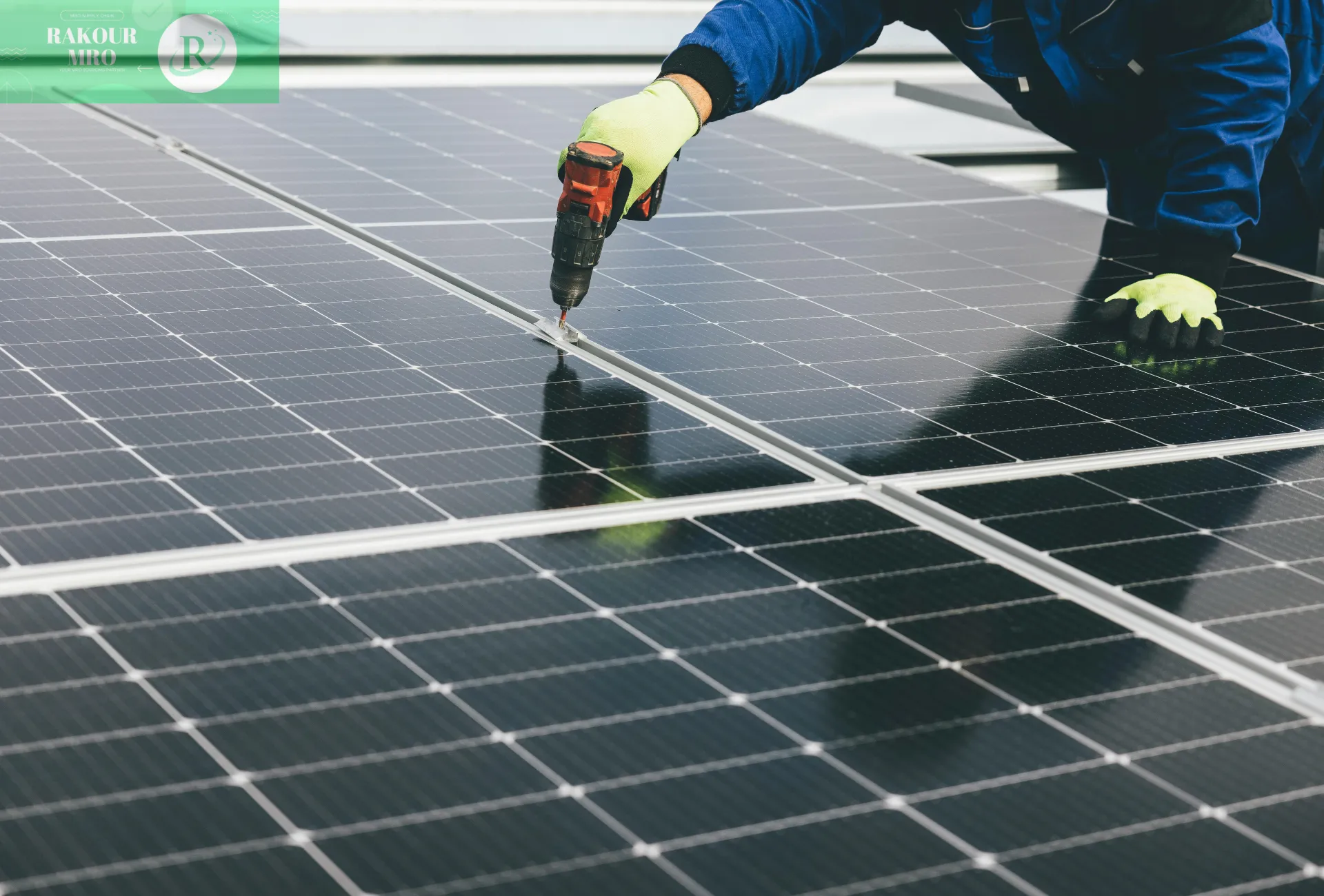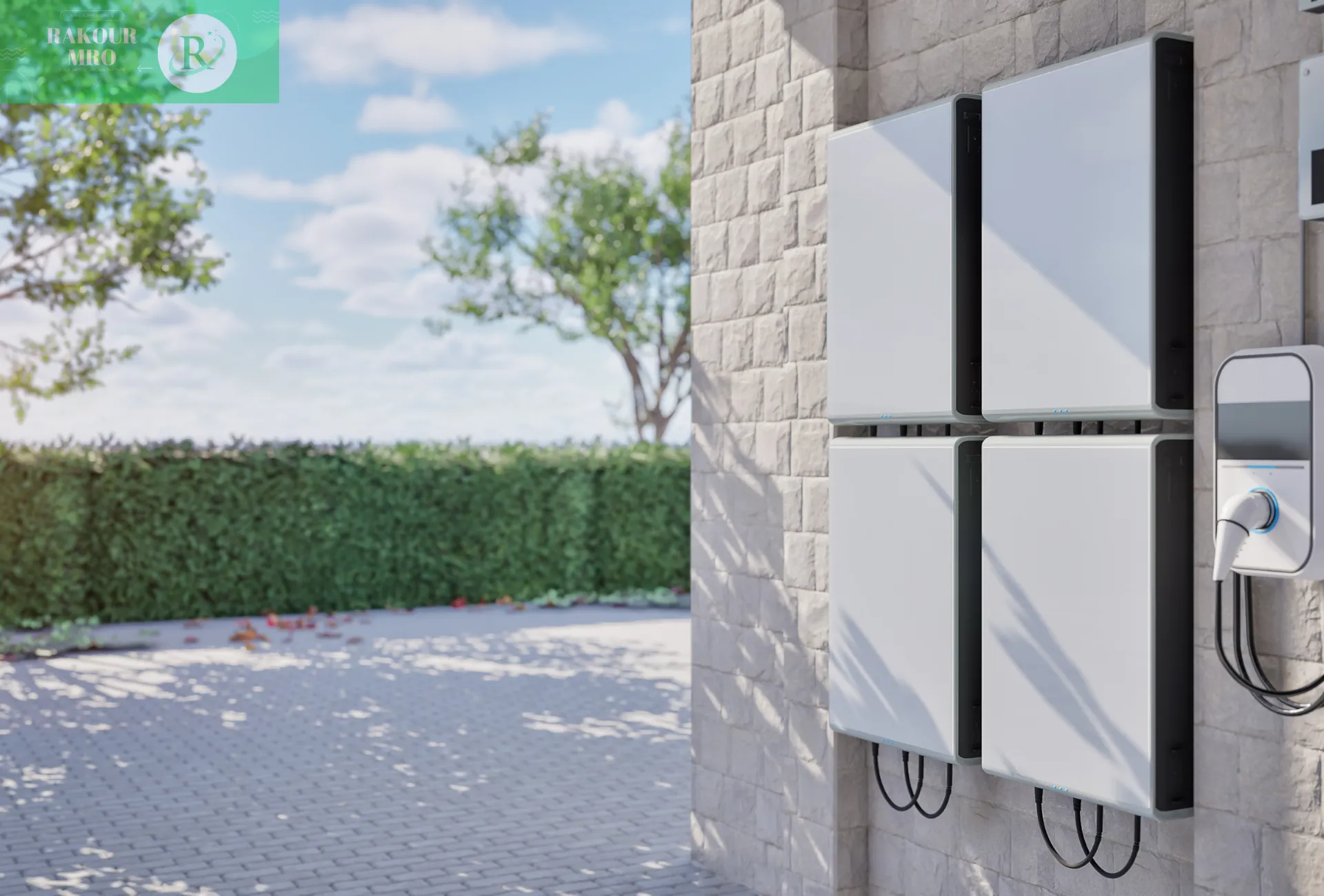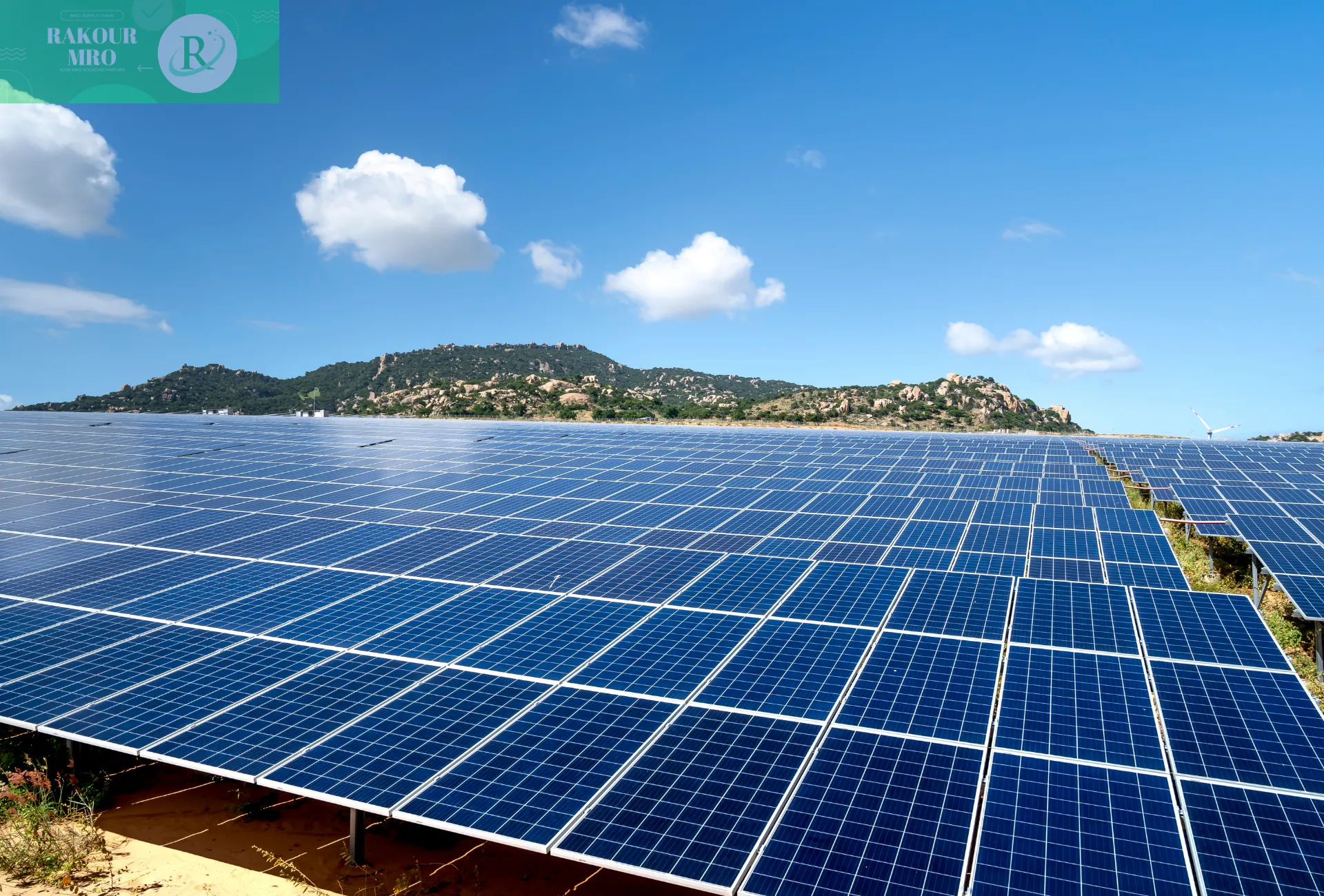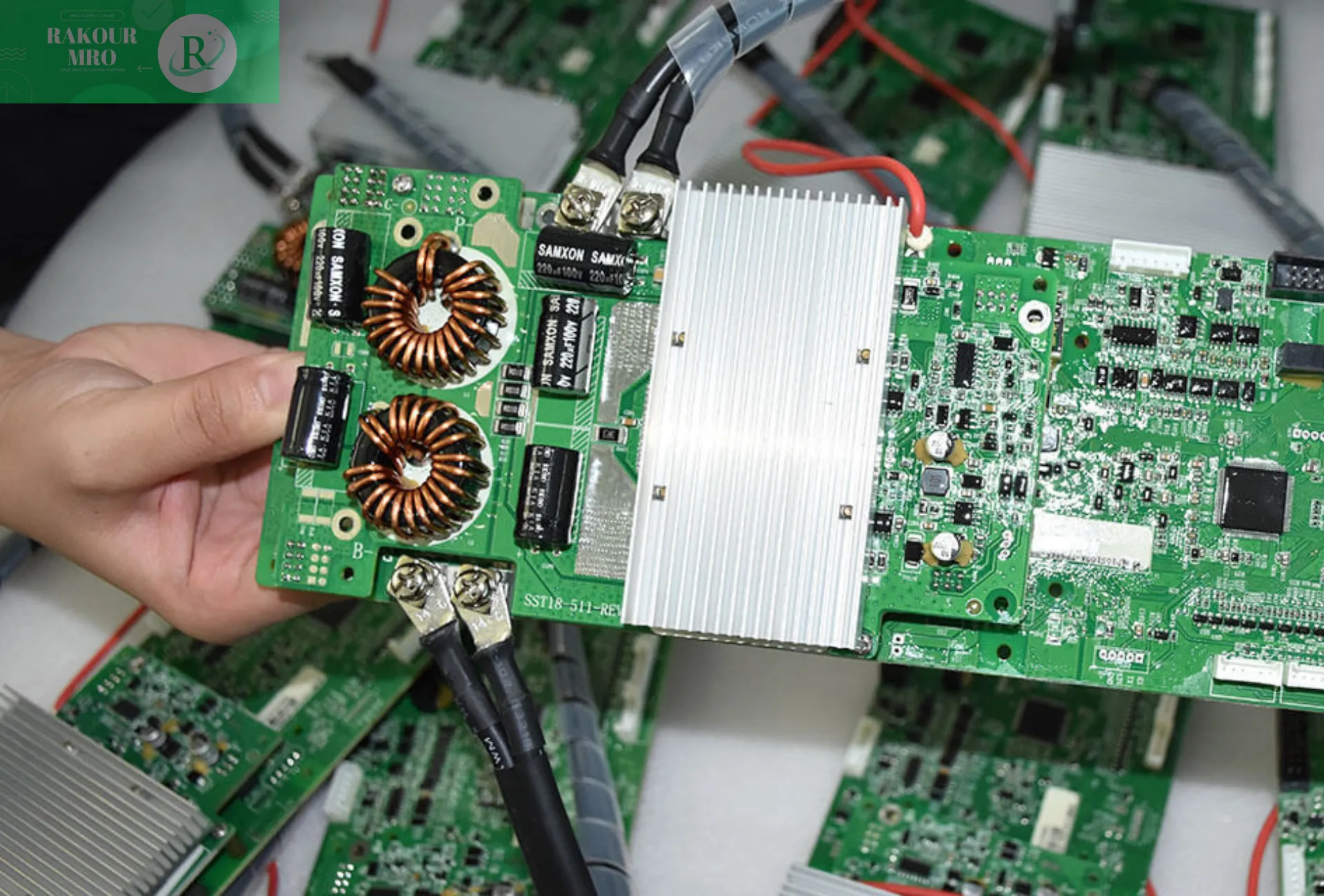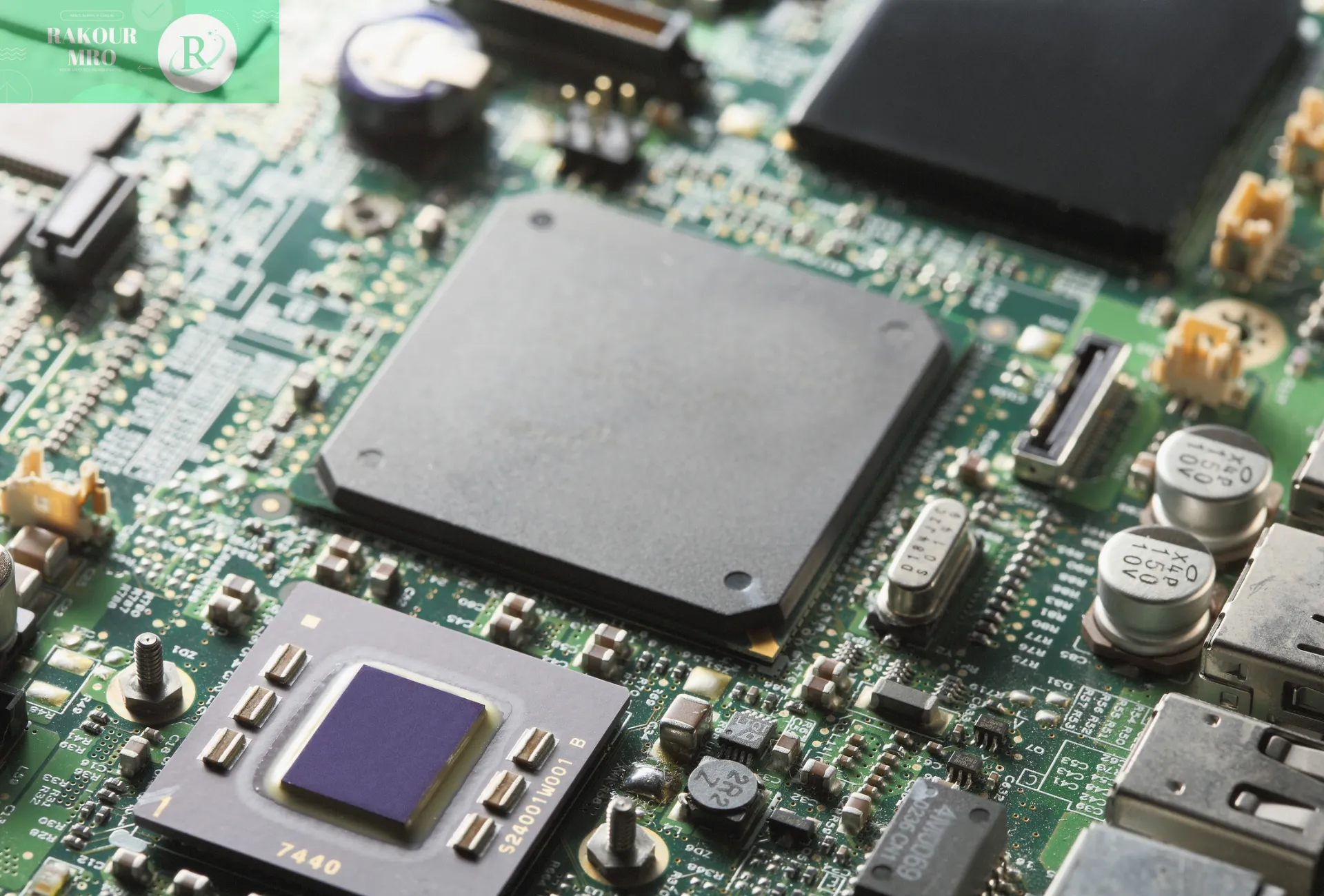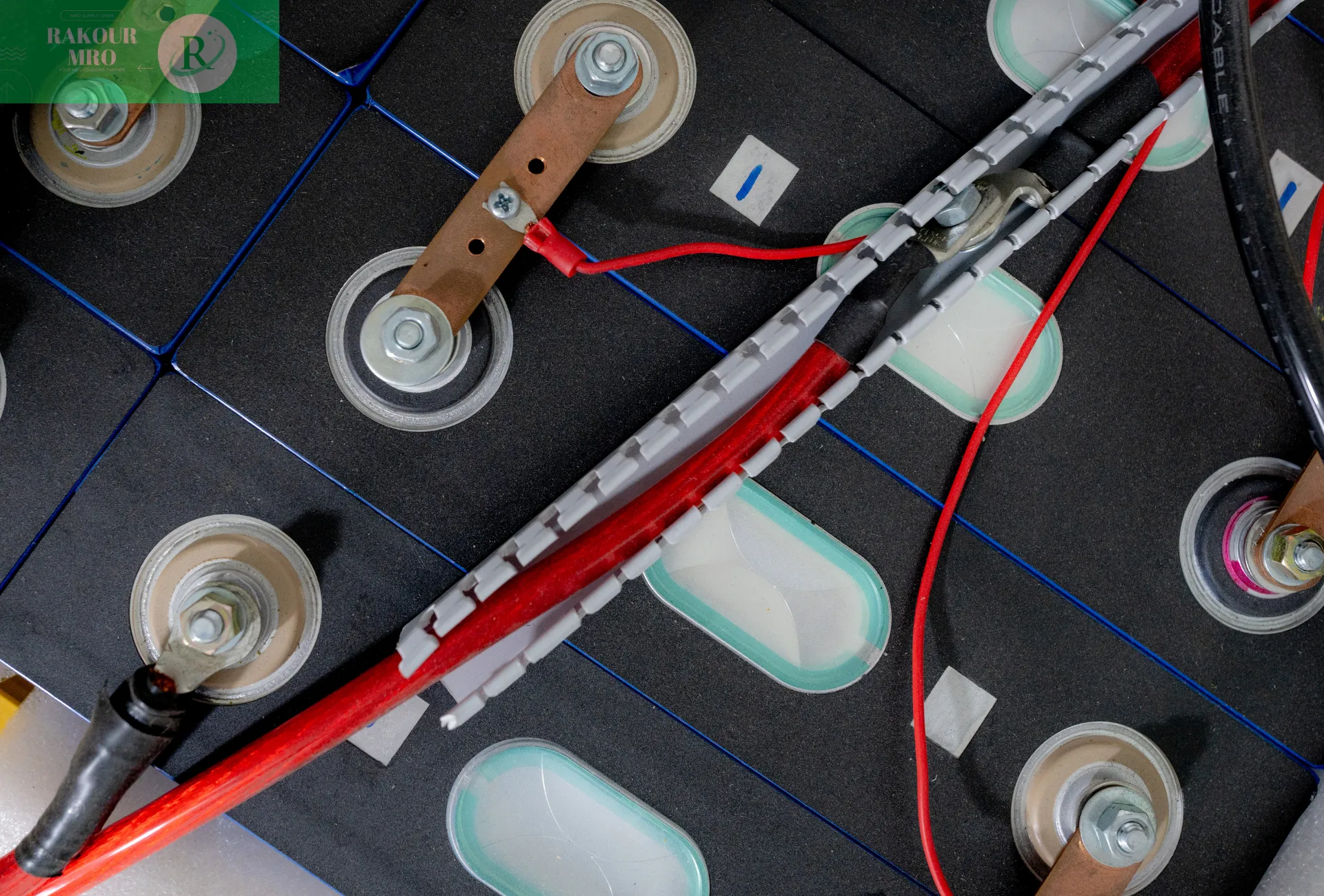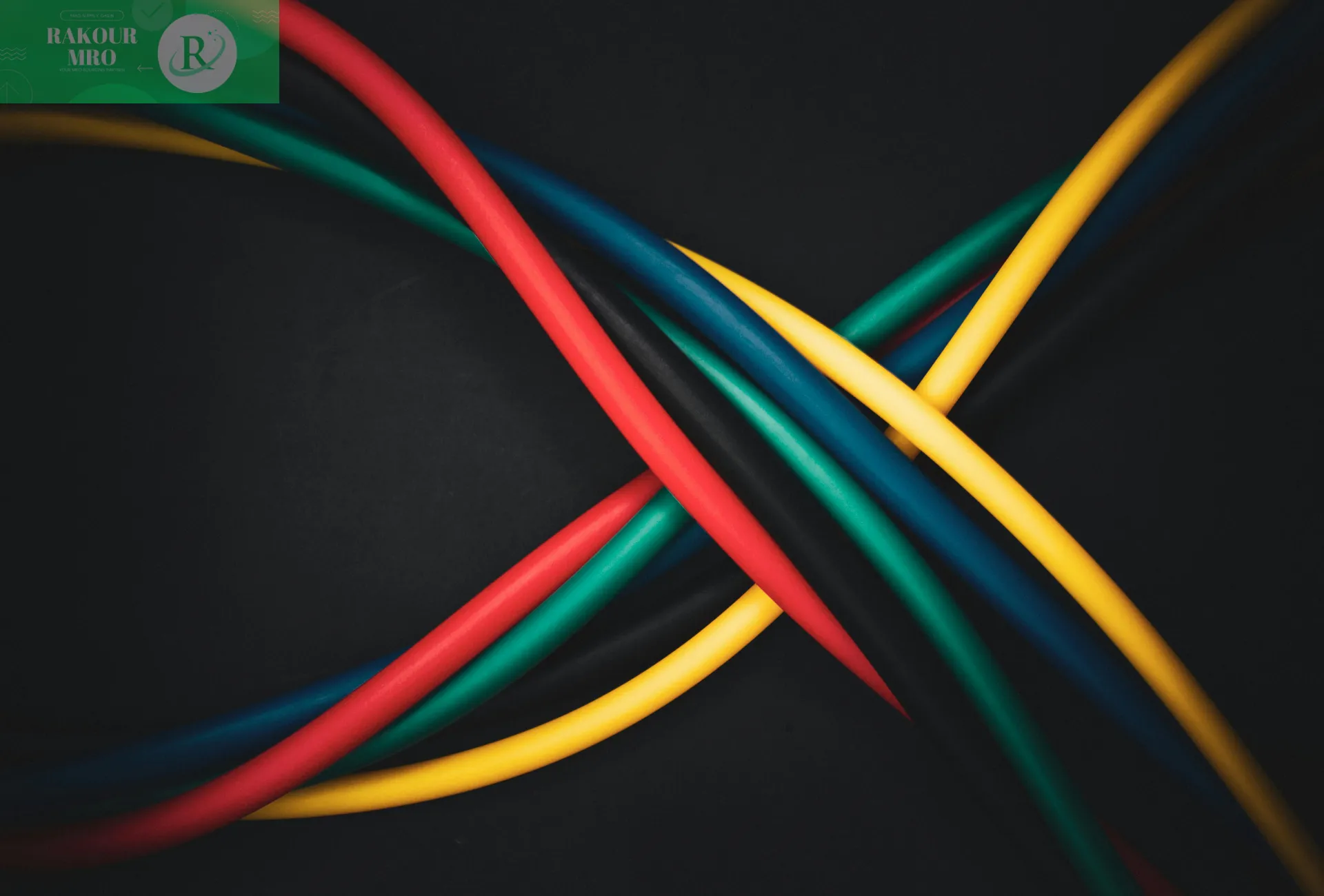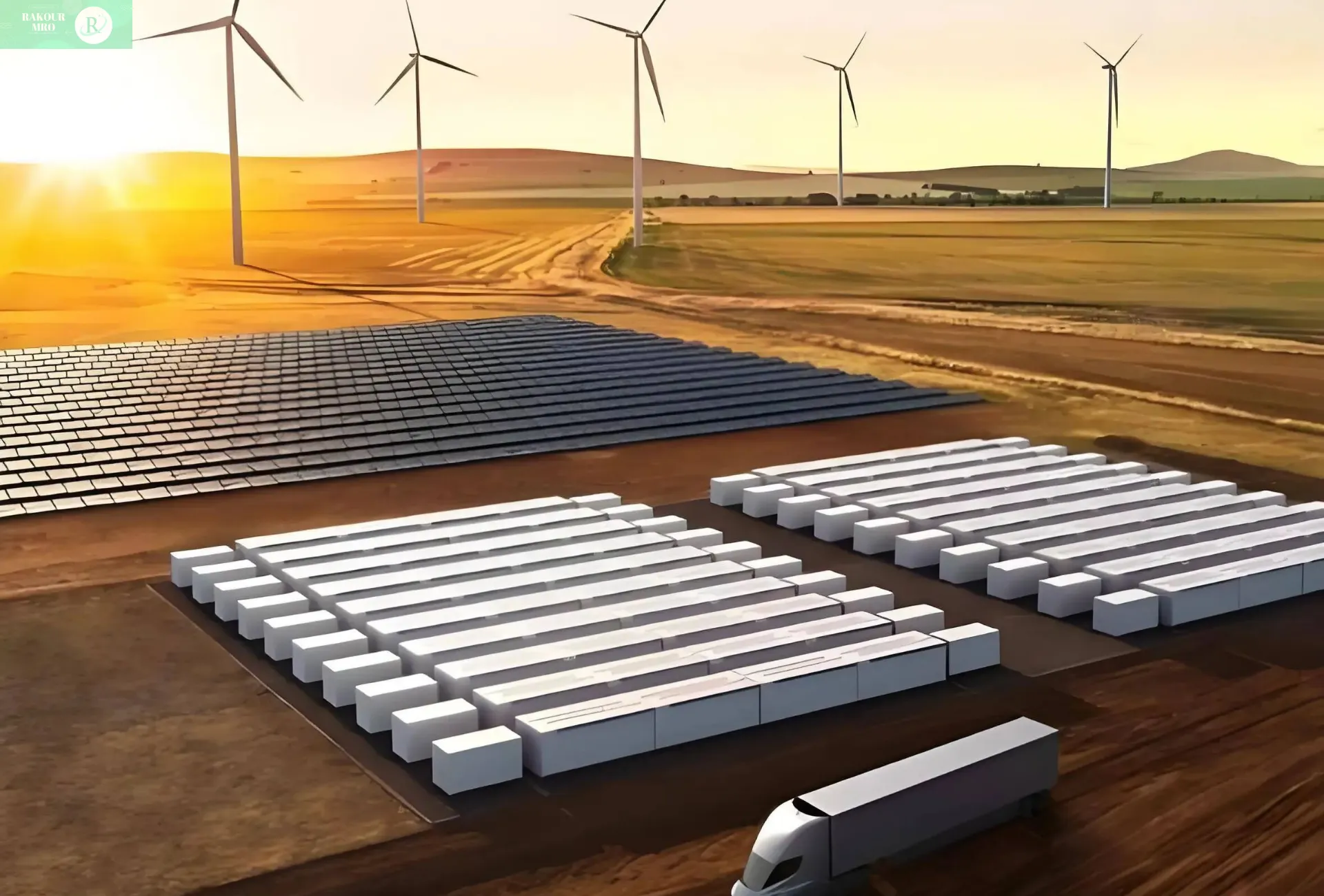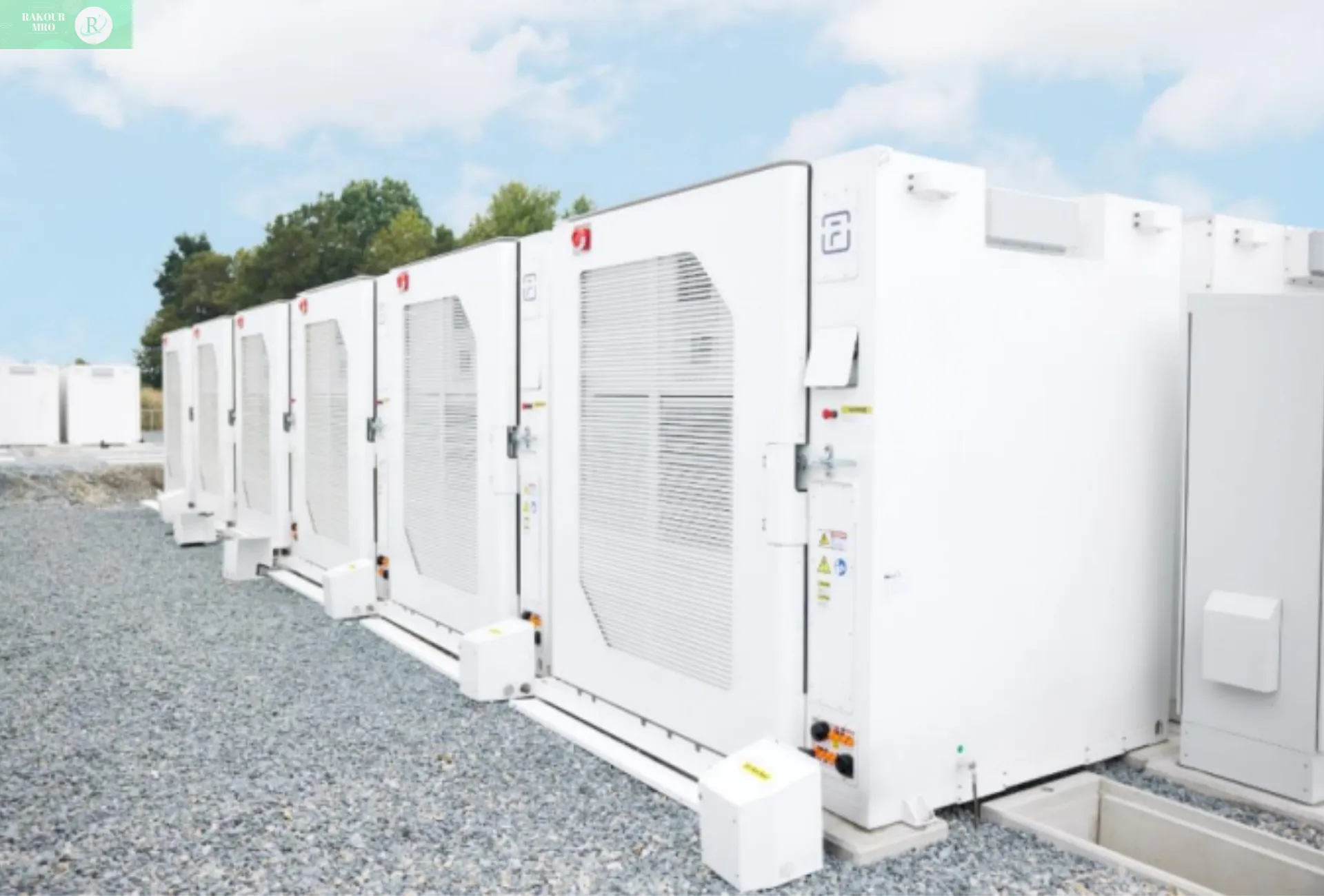How do solar panels work?
The core technology of solar panels is based on the photovoltaic effect. When sunlight strikes the panel’s semiconductor material (usually silicon), photons excite electrons, generating direct current (DC). This process is completely silent, pollution-free, and requires no fuel.
However, solar panels themselves cannot store electricity, so they must be used in conjunction with batteries and a charge controller to form a complete system. The electricity generated by solar panels can be used directly or stored in batteries for later use.
There are three main types of solar panels on the market:
1. Monocrystalline silicon panels: Made from pure silicon, they have the highest efficiency (typically 15%-22%), appear black, and often have trimmed corners. They have the longest lifespan (25-40 years), but also come with the highest price.
2. Polycrystalline silicon panels: Made from fused silicon fragments, they have slightly lower efficiency (15%-17%), appear bluish, and have sharp corners. They are more economical and offer a better value.
3. Thin-film panels: Lightweight and flexible, suitable for curved surface installation, but with the lowest efficiency (7%-14%) and a shorter lifespan (10-20 years).
Comparison of different types of solar panels
| Type | Efficiency | Life | Cost | Best Use Scenario |
|---|---|---|---|---|
| single crystal silicon | 17%-22% | 25–40 years | Higher | Users with limited space and seeking high efficiency |
| polysilicon | 15%-17% | 20–35 years | medium | Users with limited budget and ample space |
| thin film | 7%-14% | 10–20 years | Lower | Users who need flexible and lightweight solutions |
Key components for building a solar charging system
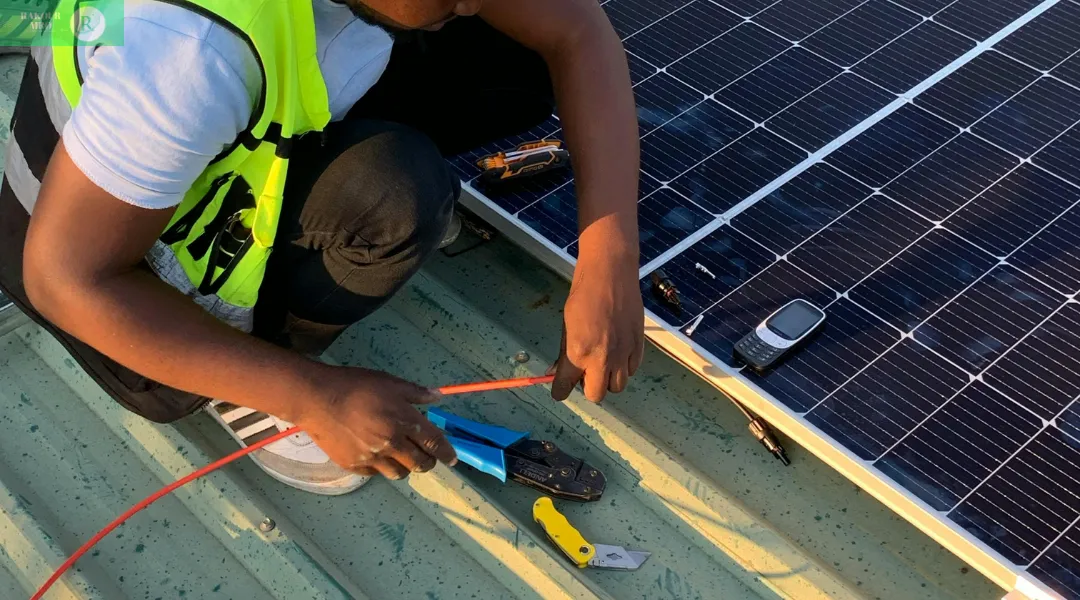
A complete solar charging system consists of more than just solar panels; it also includes several key components:
The charge controller is the most important safety component, regulating the voltage and current from the solar panel to prevent overcharging the battery. Without it, the excessive voltage generated by the solar panel (even a “12V” panel can generate 17-21V) can easily damage the battery.
There are two main types of charge controllers: PWM (pulse-width modulation) and MPPT (maximum power point tracking). PWM controllers are more economical and suitable for smaller systems; MPPT controllers are more efficient, especially in low-light and cold conditions, converting excess voltage into usable current.
Batteries store solar energy for use when needed. Common options include:
- Lithium-ion batteries: Lightweight, efficient, long-lasting, capable of deep discharge (over 80%), and virtually maintenance-free, but with a higher initial cost.
- Lead-acid batteries: Traditional and economical, but heavier, requiring regular maintenance, and unable to be deeply discharged (only about 50%).
- Lithium Iron Phosphate (LiFePO4) Batteries: A safer, longer-lasting lithium-ion battery that can be deep-discharged to 100%, but also carries the highest price.
- Inverter (optional): If you need to power devices that use alternating current (AC), an inverter is required to convert the direct current (DC) from the batteries to AC.
How to set up a solar charging system?
Setting up a solar charging system is simple; simply follow these steps:
- Determine power requirements: Calculate the total energy consumption (in watt-hours) of the devices you need to power. This will help determine the capacity of the solar panel and battery you need. As a rough guide, a 200-watt solar panel can generate approximately 800-1000 watt-hours of electricity per day in full sunlight.
- Install the battery: First, connect the battery cables (positive to positive, negative to negative) and install a battery fuse on the positive cable near the battery terminal.
- Connect the charge controller: Connect the battery to the battery terminal (usually marked “BATT” or a battery icon) on the charge controller. Be sure to carefully check polarity; connecting the wrong polarity can damage the device.
- Connect the solar panel: Connect the solar panel cable to the PV input of the controller. Note that some manufacturers recommend not exposing the solar panel to sunlight or plugging in the connector until all other connections are complete.
- Test the system: Check the controller’s display or LED indicators to confirm that it can detect the battery voltage and solar input and monitor the charging status.
A practical application example: Take the ZERO BREEZE Mark 3 battery paired with a 100W solar panel. The Mark 3 battery is a 1036Wh portable power source with a built-in MPPT charge controller, suitable for outdoor use. Paired with a ZERO BREEZE 100W high-efficiency monocrystalline silicon solar panel (with a conversion efficiency of 24.5%), simply connect the solar panel to the battery’s charging port to start charging. This plug-and-play system simplifies setup and is ideal for solar charging beginners.
Tips and common problems for efficient charging
Tips for Maximizing Efficiency:
- Properly Position Solar Panels: Position panels in direct sunlight, avoiding shadows. Adjust the tilt angle to face the sun according to the season.
- Keep Panels Clean: Regularly remove debris such as dust and bird droppings, as these can significantly reduce power generation efficiency.
- Monitor Battery Condition: Avoid overcharging or deep discharging batteries, which shorten their lifespan.
Common Problems and Solutions:
- Slow or No Charging: This is often caused by insufficient sunlight or poor connections. Ensure the panels are facing the correct direction and check that all connections are secure.
- System Not Working at All: Check for blown fuses, correct connections, and that the charge controller is operating properly.
- Lower Power Output Than Expected: The panels may be obscured or dirty, or the weather may be unfavorable. Even a small amount of shade can significantly reduce output.
- Important: Never connect solar panels directly to batteries (except for specifically designed, low-power, short-term emergency situations). A charge controller must be used to prevent battery damage.
Summarize
Solar panels offer a clean, renewable, and affordable way to generate electricity. Once your system is set up, the sun will work for you free of charge. From powering camping trips to providing backup power for your home, the applications for solar energy are vast and practical.
By mastering the basics of solar panels, choosing the right modules, setting them up correctly, and following maintenance recommendations, you can easily harness the sun’s power and enjoy a more self-sufficient and environmentally friendly lifestyle. With technological advancements, such as more efficient batteries and integrated solar cells, solar charging is becoming increasingly convenient and efficient.

